5 Types of Restaurant Table Setting Every Restaurant Owner MUST Know

5 Types of Restaurant Table Setting Every Restaurant Owner MUST Know
And when one is opening a new restaurant there are more choices which need to be made than the varieties of toppings on a multi topped pizza. Some of the things that you may need to define include the kind of service that you would like to offer; this may include counter service, buffet style or table service.
In a situation where you want the accommodation to have a one-on-one approach with special concern being given to the hospitality sector then you may be inclined to choose the latter. However, you likely aren’t aware that there are actually a number of different styles of table service that you can offer. In addition to décor, the atmosphere in a restaurant by the table setting, from weddings to birthday parties for children, is important.
A person involved in managerial or restaurant business needs to know the kind of table arrangement etiquettes suitable for every event. Awareness of how to position the perfect table can also shield you from uncomfortable encounters with clients and guests. Read on to find out how restaurant table setups for different events can be easily made.
VISIT FOR :: hotel lobby furniture
1. Formal Table Setting
This is a kind of table setting that is mostly preferred for weddings, fine-dining rooms, business gatherings etc. The formal arrangement of tables has the most balanced proportion and therefore, it needs the maximum number of utensils.
- The table’s focal point should have the centerpiece.
- Each of the table mats is horizontal and aligned in a single straight line at the side. In a formal style of serving the salad course, the soup course, etc. are served on a charger and a service plate.
- The charger is arranged before the meals are served with either triangle or square shapes with the menu card or folded napkins on top of the charger.
- Position the salad fork, fish fork, and dinner fork on the left of the charger with the fish fork closest to the table edge.
2. Casual Table Setting
Innominate or devious table plan is ideal for dinners, casual weddings, and gatherings. In this kind of table arrangement, there is a need for fewer cutleries, and you can be more creative when it comes to placing the cutleries.
- It means that you have to present a service plate to serve salad course, soup course, etc. , even though the use of a charger is optional.
- Place the salad fork to the extreme left at the outer edge of the service plate while the dinner fork will be placed immediately on the left of the service plate.
- Beginning from the outermost part of the table and moving clockwise, arrange the soup spoon, salad knife and dinner knife on the service plate’s right side.
- The stem of those three are placed over the service plate: the wine glass, the water glass, the dessert teaspoon.
3. Buffet table Set up
Those customers who like to fetch their Indian food independently will enjoy the buffet table arrangements; it can either be while serving your guests or it may be a buffet meal. And while spoons, forks plates etc are piled on the end of the buffet table line only the required forks spoons etc are put on the customers table.
- The absence of a charger on the guests’ tables is because; the guests do not take the plates or food from a charger instead, they do from the buffet table.
- Position the plate in the midpoint of the table while slightly curving it, then place the napkin on top of the plate and fold it in half, and finally put the menu or name card on top of the napkin. Instead of this, it is possible to place the napkins around on the buffet table.
- The salad fork should be next to the left of the plate nearest the center of the place.
4. Breakfast Table Setting
A breakfast table set up refers to the organizational method of placing ordinary table ware on the table for ease and practical use of every day and simple items. The types of table setting do not necessarily have to be very luxurious or costly but may simply present the client with the minimal necessary arsenal of dishes on his or her table.
- Align the plate in the middle and align the fork and napkin to the left side of the plate.
- Then keep the other kinds of silver like the butter-knife or spoon to the right of the plate.
- Place the glasses for juice and water and bowls for different cereals on top of the plate.
VISIT FOR :: single almirah design
5. Pizzeria Table Setting
Among the favorite choices of most individuals from different parts of the world, a pizzeria table is equipped with the simplest restaurant tableware with the help of which the visitors are going to be served. The most common arrangement involves one element of each plate, knife, fork, spoon, glass, and napkins.
- Place one fork slightly to the left of the diner’s plate with a napkin placed under that fork.
- Then position the knife and spoon to the right of the plate.
- Glass is placed on the upper right quadrant of the above plate and to the right of the knife.
- Choose the Right and Appropriate Dining Room Furniture Sets.
IN THE END,
Points above illustrate how crucial table settings relying on the occasion could be, but you should not discount the significance of proper types of table setting for the restaurant. Suitable tabletops that complement the physical layout of your restaurant are important to the success of satisfying your customers. The smart choice of tables and sets will not only complement the interior of the establishment but will also prepare visitors for a high-quality time during their stay.
Just like in any other new activity that you would want to engage in, it is always important to ensure that the table services type that you are offering is something that your customers want and it connects well with your restaurant brand, the type of food that you are serving and also the type of the environment that you have created in your restaurant.
READ MORE :: A Complete Guide to Restaurant Renovation
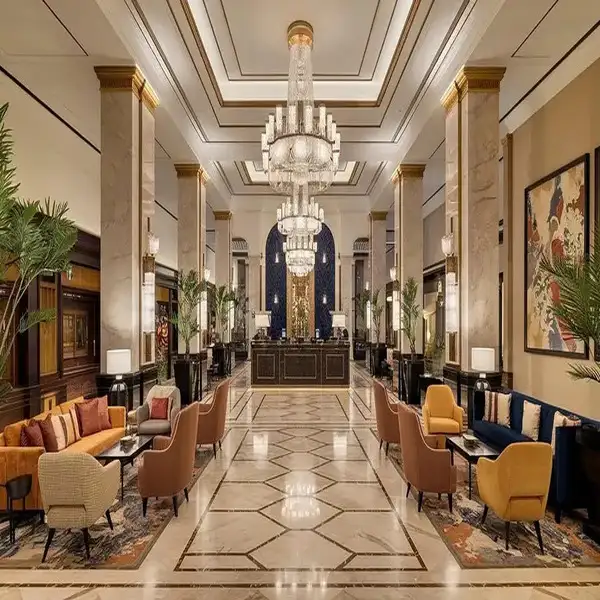
Hotel Furniture
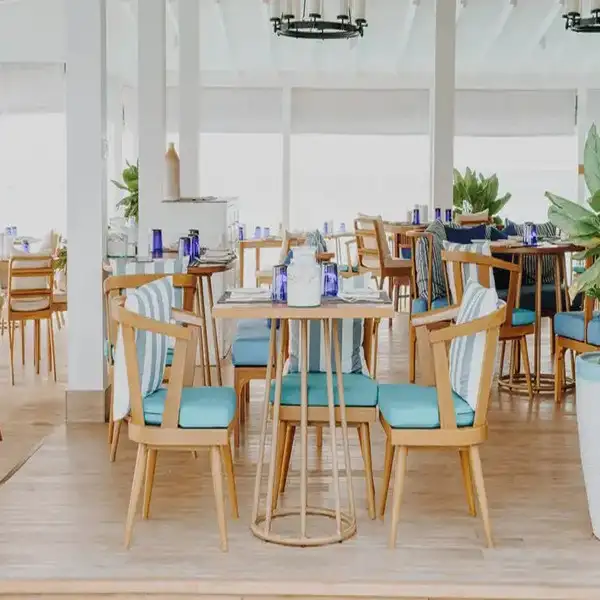
Restaurant Furniture
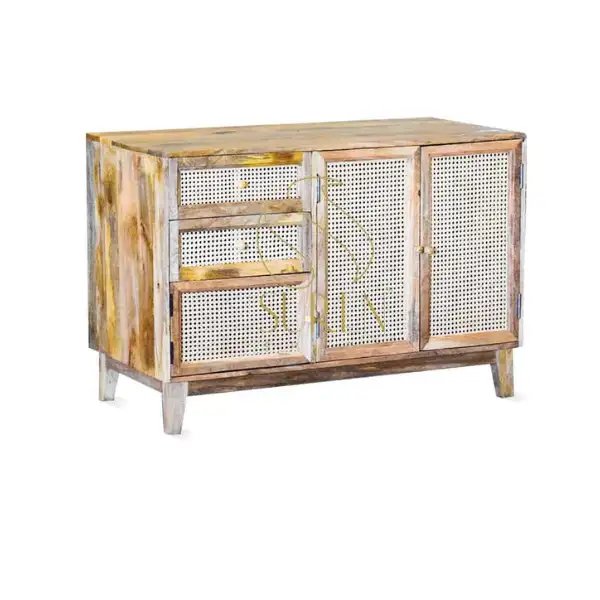
Hotel Bathroom Furniture
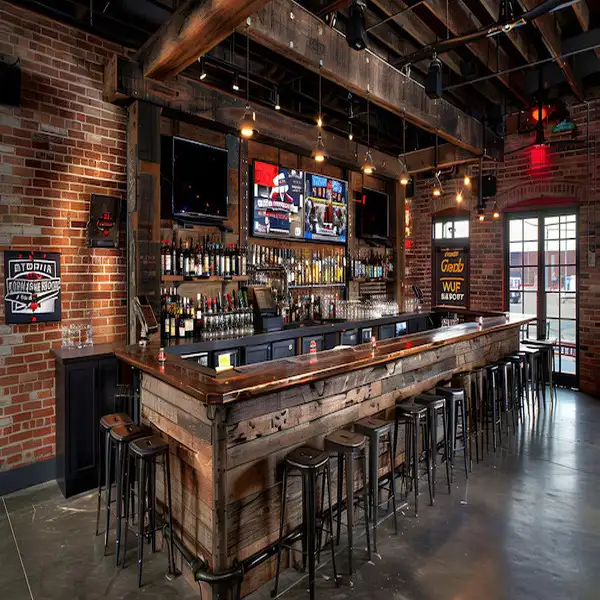
Industrial and Rustic Furniture
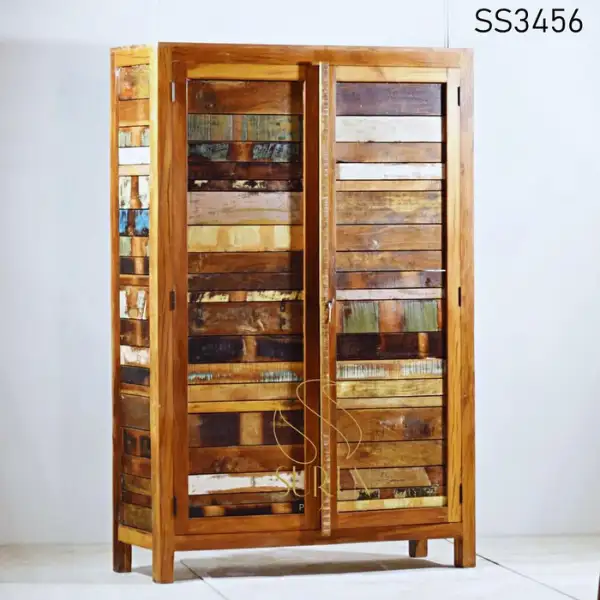
Reclaimed and Recycled Furniture
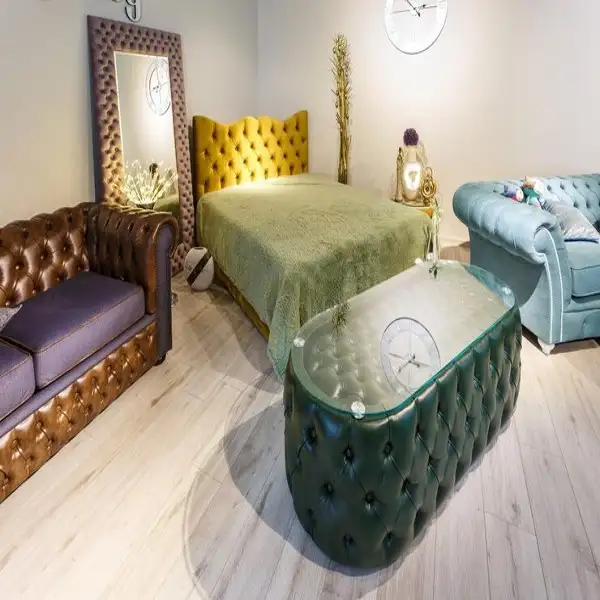
Leather and Upholstery Furniture
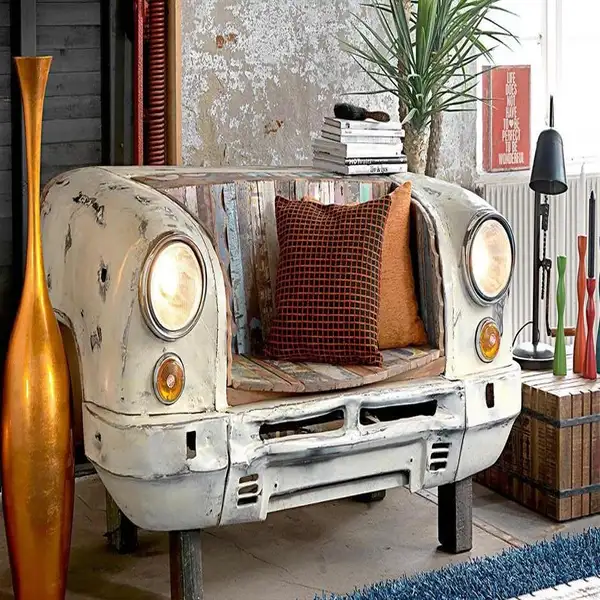
AUTOMOBILE | AUTOMOTIVE FURNITURE
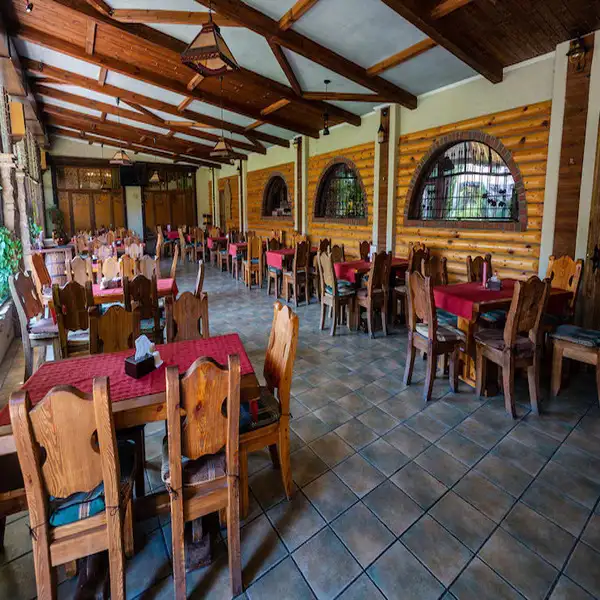
Curved, Carved & Bent Furniture


